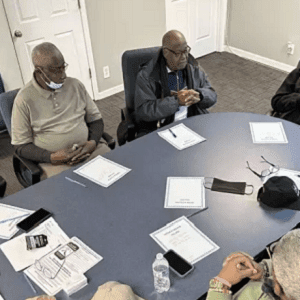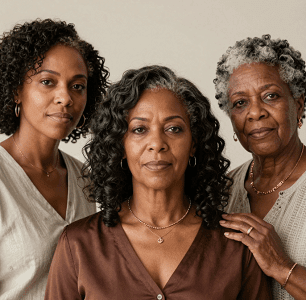A recent study by the American Cancer Society reveals a complex picture of cancer mortality among African Americans. While death rates have significantly decreased over the past three decades, Black individuals still face the highest cancer mortality burden of any racial group in the United States.
From 1991 to 2022, cancer death rates plummeted by 49% for Black men and 33% for Black women. This remarkable progress is attributed to lifestyle changes, particularly a sharp decline in smoking among African American teens, as well as advancements in early detection and treatment.
Despite these improvements, stark disparities persist. Black women, for instance, have a 38% higher risk of dying from breast cancer compared to white women, even though their risk of diagnosis is 5% lower. Similarly, Black men are more than twice as likely to die from prostate cancer as their white counterparts.
The study, published in CA: A Cancer Journal for Clinicians, highlights alarming trends in specific cancers. Endometrial cancer incidence in Black women is rising by 2% annually, while cervical, melanoma, and uterine corpus cancers show the largest survival rate gaps between Black and white patients.
Experts emphasize that these disparities stem from complex factors, including structural racism in healthcare, socioeconomic inequalities, and historical distrust of medical institutions within the Black community. Dr. Wayne A.I. Frederick, interim CEO of the American Cancer Society, calls for targeted research and interventions to address these gaps.
Community initiatives, like the Empowerment Network in St. Louis, are working to bridge the divide between minority communities and healthcare providers. By fostering trust and awareness, these efforts aim to improve early detection rates and ensure equitable access to life-saving treatments for Black individuals facing cancer diagnoses.
See: “A new cancer study shows Black cancer death rates decreasing” (February 25, 2025)



